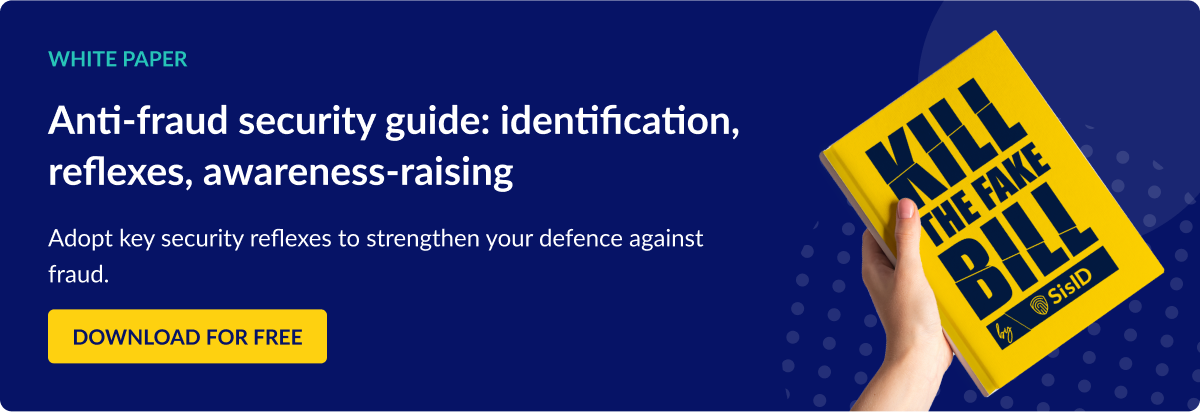Recovering a transfer: the recall procedure.
It doesn’t take long for an error or fraud to occur with business wire transfers, and that’s when the recall procedure comes into play.
Recall transfer: what is it?
When a company issues a wire transfer order, if an error is made when entering the recipient’s bank details or the amount, or in the event of a scam, there is a recall procedure. This procedure involves recalling the money from the recipient’s bank.
This practice is subject to certain conditions:
To initiate this procedure, the originator’s bank will contact the beneficiary’s bank and report the incident (duplicate, technical problem, scam). The return of the money is requested, but not guaranteed. It is not always possible to cancel a SEPA credit transfer. It depends on the type of wire transfer used and the conditions exposed above.
Once the originator has initiated the procedure with his bank, it is up to the recipient’s bank to respond to the request. There are several possibilities:

Recall in the face of fraud
Wire transfer fraud is the most common attack when a company is targeted. Various methods are used, the best known being fake supplier fraud, president fraud, fake bank adviser fraud, and phishing. To do so, the fraudster uses various methods to communicate bank details to receive money from the bank transfer. Once the fraud has successfully been carried out, he will then send the money to different accounts and different banks, often abroad, making it difficult to trace the embezzled money.
Generally, the company does not realize quickly enough that the fraud has taken place. For example, in a fake supplier fraud, it is the supplier who informs the victim company that invoices have not been paid. If it’s a 60-day payment, the fraudster has plenty of time to transfer the funds to different accounts before the company becomes aware of the fraud. The funds are then lost: the victim turns to his bank and the relevant authorities.
The bank deals with funds’ recall, being obliged to identify the originator. If the transfer order originates from the fraudster and the bank has failed to identify the originator, it will have to cover the amount of the transfer. However, if the account holder is the originator of the transfer, there is no guarantee that he will be compensated.
Recall in the face of fraud
Wire transfer fraud is the most common attack when a company is targeted. Various methods are used, the best known being fake supplier fraud, president fraud, fake bank adviser fraud, and phishing. To do so, the fraudster uses various methods to communicate bank details to receive money from the bank transfer. Once the fraud has successfully been carried out, he will then send the money to different accounts and different banks, often abroad, making it difficult to trace the embezzled money.
Generally, the company does not realize quickly enough that the fraud has taken place. For example, in a fake supplier fraud, it is the supplier who informs the victim company that invoices have not been paid. If it’s a 60-day payment, the fraudster has plenty of time to transfer the funds to different accounts before the company becomes aware of the fraud. The funds are then lost: the victim turns to his bank and the relevant authorities.
The bank deals with funds’ recall, being obliged to identify the originator. If the transfer order originates from the fraudster and the bank has failed to identify the originator, it will have to cover the amount of the transfer. However, if the account holder is the originator of the transfer, there is no guarantee that he will be compensated.
Sis ID protects against the risk of fraud
The strength of the collective
Solutions exist to deal with fraud and avoid mistakes. Sis ID is a collaborative solution for checking bank details and combating fraud: users’ experience benefits all other users.
It is integrated into the payment process and enables procedures to be digitized, thus saving time. To ensure that a transfer is not fraudulent, a check is carried out before a payment is made. The Sis ID platform responds in real-time to assess the reliability of bank details. By using it, recall procedures are no longer necessary, and payments are checked and secured before the transfer order is issued.





